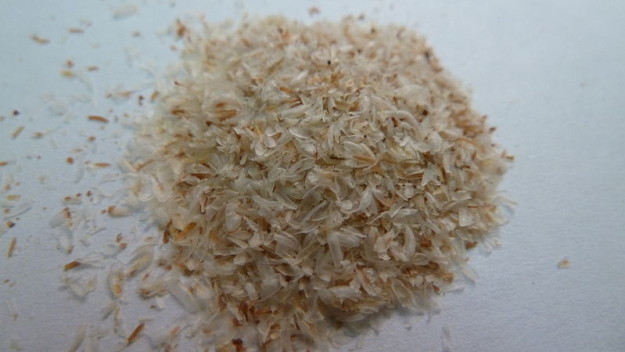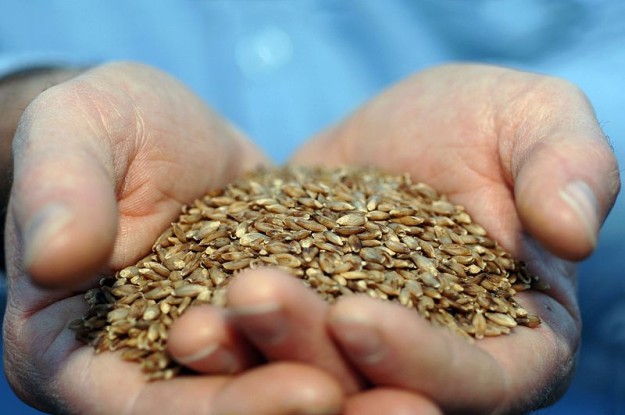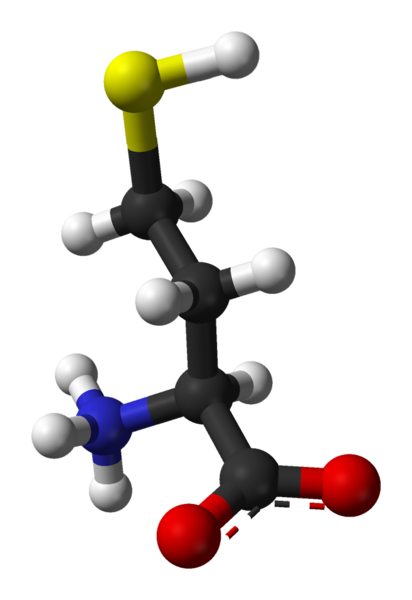Finding the Best Combination of Fiber for Heart Health
Why was this study done? The cholesterol-lowering ability of fiber has been well established, but making a fiber supplement palatable can be difficult. This study was designed to investigate a combination fiber product (psyllium, pectin, and guar/locust bean gums – which is generally more palatable) and compare it with guar gum. What did the study…










